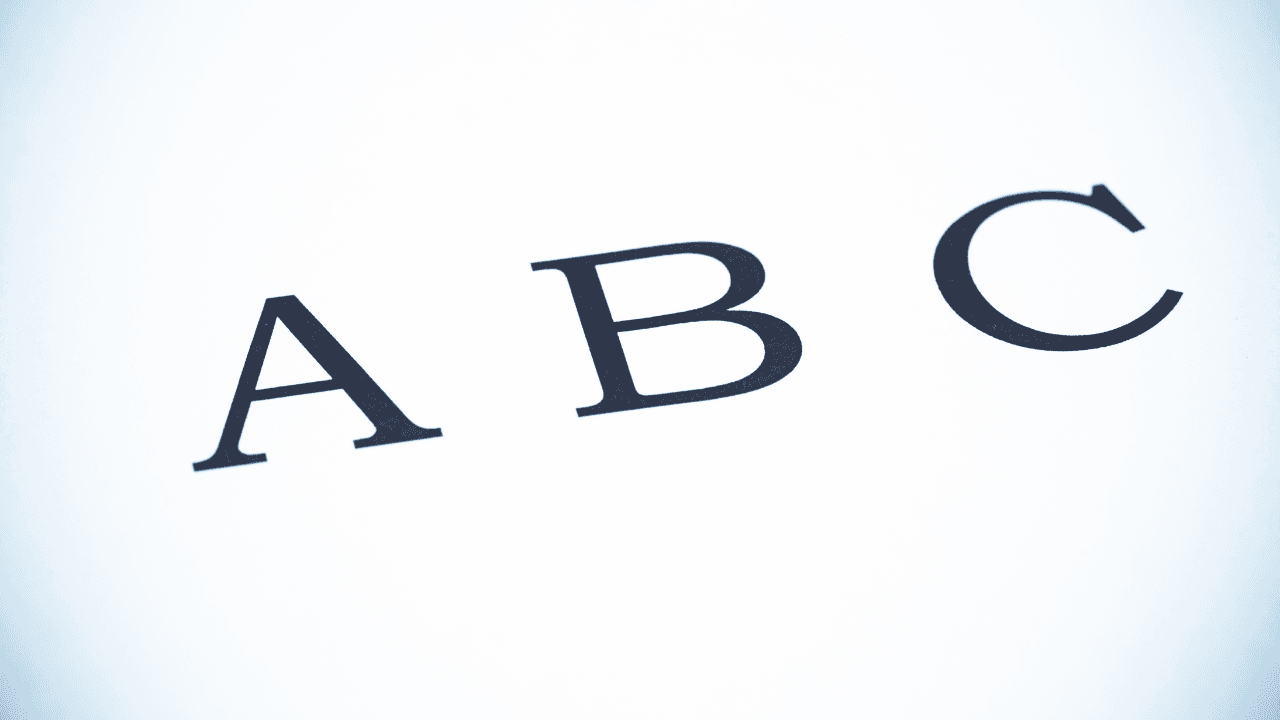As you evaluate real estate investments, you might notice that properties are classified as A, B, or C.
These letter grades, or classes, are assigned to property based on a variety of factors like the market, the location, the income level of the tenants, the potential for growth, and amenities.
The class given to a potential investment communicates potential risk and return for the investor and is a helpful tool for your real estate investing toolkit, not only to assist you in making decisions, but also in communication with brokers, lenders, and your investors.

Make sure you download ALL my resources for FREE at this link: https://realestateempire.co/
Class A
Class A buildings are the highest quality buildings in their market. They have the best curb appeal, the highest quality infrastructure, and the best amenities.
As the highest quality properties, they attract the highest-income tenants and tend to have the highest occupancy rates.
While there are no hard and fast rules about property class, Class A properties are typically those constructed within the last 10 years, so there is less of a need for renovation and ongoing maintenance.
Class A properties are located in desirable neighborhoods and tend to offer luxurious amenities.
While there are some risks, Class A properties are the safest investment.
Class B
This brings us to Class B buildings, which tend to be a bit older and in need of more repair. Class B neighborhoods are well kept and offer opportunities for residents, but a notch down from Class A.
Since there is more risk in buying Class B properties, they can be acquired for less, and using value-add strategy, you can likely bring the Class B investment’s grade up to B+ or even A.

Class C
You’ve probably guessed by now that the Class C properties are a further step down.
These buildings tend to be 30 years or older, require extensive renovations, and are in less desirable locations.
For these reasons, Class C properties bring in lower rents than B or A buildings, and with that, greater risk.
Each class of property represents its on level of risk and reward. If you are looking for capital preservation, Class A might be the right investment for you. Class B or even C might be better if you are looking for appreciation.
When choosing which property class you’re going to invest in, you’ll want to consider these risks and potential rewards in light of your personal goals, as well as the stability of your investment over time.
As you do your research, remember:
Class A is the most expensive of the three classes, but also has the least risk.
Class B has equally little risk and is more affordable.
Class C costs the least upfront, but you’ll have to put a lot of money into the property to make it profitable.
You can use these classifications as your starting place for evaluating an investment.